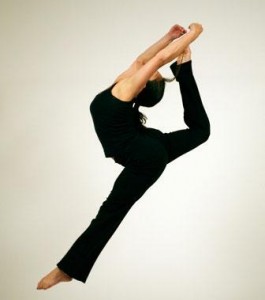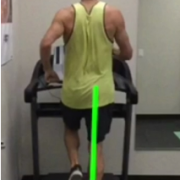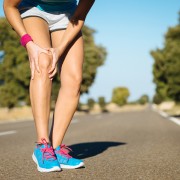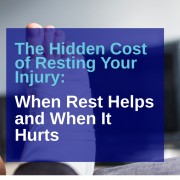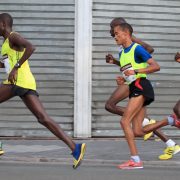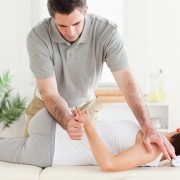Preventing Dance Injuries
The  physical demands placed on the bodies of dancers have been shown to make them just as susceptible to injury as football players. For this reason, more emphasis should be placed on creating awareness of risk and preventing injuries in dancers. Most dancers begin dancing at a young age, the repetitive practice of movements that require extreme flexibility, strength, and endurance make them prime candidates for overuse injuries. In fact, there is little doubt that the vast majority of injuries are the result of overuse rather than trauma. These injuries tend to occur at the foot, ankle, lower leg, low back, and hip. These injuries show up with greater frequency in dancers as they age, so it is extremely important to emphasize what the young dancer can do to prevent future injuries.
physical demands placed on the bodies of dancers have been shown to make them just as susceptible to injury as football players. For this reason, more emphasis should be placed on creating awareness of risk and preventing injuries in dancers. Most dancers begin dancing at a young age, the repetitive practice of movements that require extreme flexibility, strength, and endurance make them prime candidates for overuse injuries. In fact, there is little doubt that the vast majority of injuries are the result of overuse rather than trauma. These injuries tend to occur at the foot, ankle, lower leg, low back, and hip. These injuries show up with greater frequency in dancers as they age, so it is extremely important to emphasize what the young dancer can do to prevent future injuries.
WHAT CAUSES DANCE INJURIES?
Dancers are exposed to a wide range of risk factors for injury. The most common issues that cause dance injuries include:
- Type of dance and frequency of classes, rehearsals, and performances
- Duration of training
- Environmental conditions such as hard floors and cold studio
- Equipment used, especially shoes
- Individual dancer’s body alignment
- Prior history of injury
- Nutritional deficiencies
How to Prevent Dance Injuries
Getting and keeping dancers free of injury in a fun environment is key to helping them enjoy a lifetime of physical activity and dance. With a few simple steps, and some teamwork among parents, teachers and health professionals, dancers can keep on their toes and in the studio with a healthy body.
Key Points
Dancers should remember a few key things to prevent injury:
- Wear properly fitting clothing and shoes
- Drink plenty of fluids
- Resist the temptation to dance through pain
- Pay close attention to correct technique
- Be mindful of the limits of your body and do not push too fast too soon
- Perform proper warm-up and cool-down
Parental Oversight
Parents play a large role in injury prevention. First, they must be careful not to encourage their children to advance to higher levels of training at an unsafe rate. Specific to ballet, parents should ensure that the decision to begin pointe training is not made before the child’s feet and ankles develop enough strength. Age 12 is the generally accepted lower limit, but strength and maturity are more important than age.
Proper Instruction
The first line-of-defense to prevent injuries may be dance instructors. From the onset of instruction teachers should establish a class environment where students are not afraid to share that they are injured and need a break. Students should also be consistently instructed on the importance of warm-ups and cool-downs, proper equipment, and at what point, whether by age or maturity, it is appropriate to move on to the next level of dance.
Health Care and Screening
Health professionals play a significant role not only in treating and rehabilitating the injuries dancers incur, but also in preventing them. Dancers respond well to providers who respect both the aesthetics and intensity of dance. Experienced providers can initiate and facilitate screening sessions for dancers to help identify potential problems and prevent future injuries. They should be considered a natural part of a dancer’s career and sources of insight into staying healthy. A dancer should return after an injury only when clearance is granted by a health care professional.
REFERENCES
Clippinger, K. Dance Anatomy and Kinesiology. Champaign, IL: Human Kinetics, 2007.
Howse, J. Dance Technique and Injury Prevention. 3rd ed. London: A & C Black, 2000.
Solomon, R, J. Solomon, and SC Minton. Preventing Dance Injuries. 2nd ed. Champaign, IL: Human Kinetics, 2005.
www.stopsportinjuries.org

